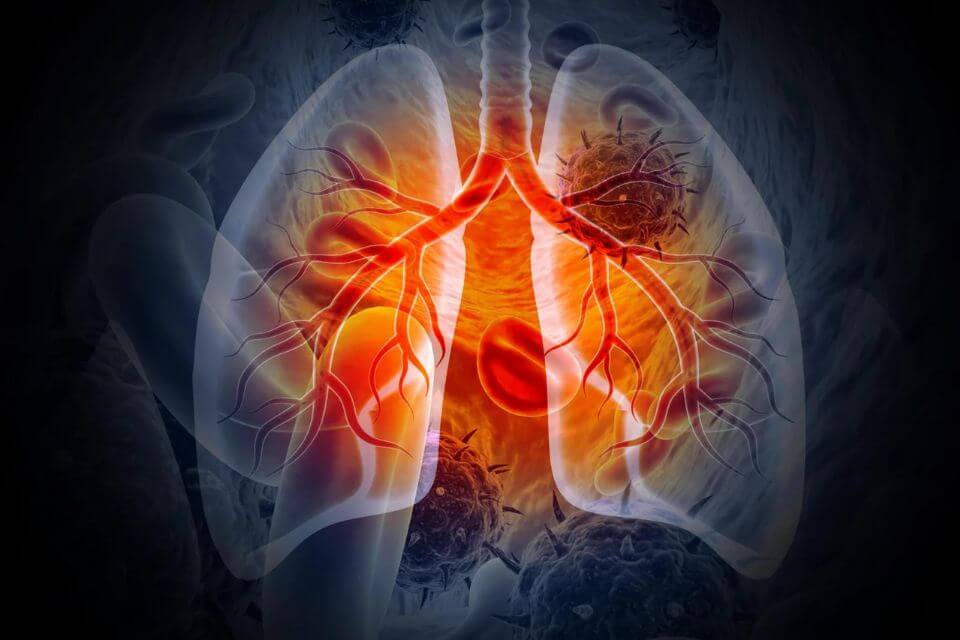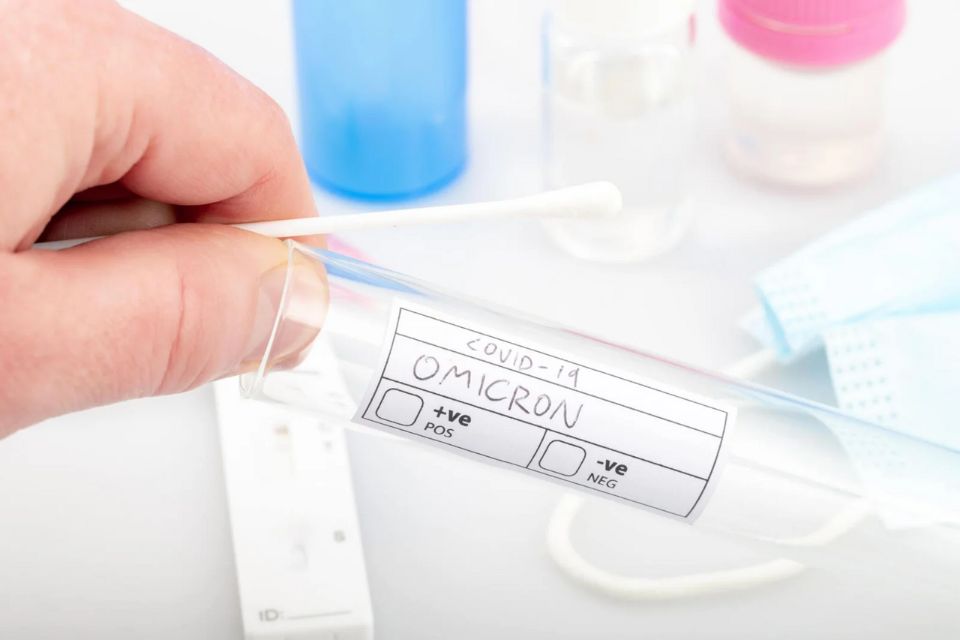How Oral Sampling Swabs Could Enhance Tuberculosis Diagnosis

Tuberculosis (TB) remains a significant public health challenge worldwide, responsible for numerous deaths annually. Accurate and accessible diagnostic methods are crucial in combating this infectious disease. The research explored in this article delves into the potential of oral sampling swabs as an alternative specimen for diagnosing pulmonary tuberculosis, offering a non-invasive and user-friendly approach.
How Can Oral Swabs Overcome These Challenges?
Obtaining sputum samples can be challenging, particularly for certain populations like children and individuals living with HIV. These individuals often struggle to produce adequate sputum specimens, hindering timely and accurate diagnosis. The need for a reliable, patient-friendly diagnostic method is paramount.
But How Exactly Do Oral Swabs Work?
Oral swabs are designed to collect cellular material and oral fluids from specific locations within the oral cavity, such as the tongue or buccal mucosa. These swabs are then analyzed using molecular techniques, such as nucleic acid amplification tests (NAATs), to detect the presence of Mycobacterium tuberculosis DNA.
What Did This Systematic Review Aim to Achieve?
This comprehensive review, led by researchers from various institutions, sought to assess the diagnostic accuracy of oral swabs for detecting pulmonary tuberculosis in adults and children. The study meticulously evaluated existing literature, focusing on factors that influence sensitivity and specificity, such as swab types, sampling locations, and molecular testing platforms.
How Was the Research Conducted?
The researchers conducted a systematic search across multiple databases, spanning published and preprint studies from January 2000 to July 2022. Strict selection criteria were applied, and standardized data extraction and quality assessment procedures were followed, ensuring the reliability of the findings.
What Were the Key Findings Regarding Variability and Optimization?
The review revealed that the sensitivity of oral swabs ranged from 36% to 91% in adults and 5% to 42% in children when compared to microbiological reference standards. Specificity, on the other hand, remained consistently high, with most studies reporting values above 90%. Factors such as swab type, sampling location, and NAAT platform significantly influenced the diagnostic accuracy.
What Are the Implications of These Findings?
The study's findings highlight the potential of oral swabs as a valuable diagnostic tool for pulmonary tuberculosis, especially when optimized through standardized protocols and further research. Factors like tongue swabbing and swab types that collect increased biomass were found to enhance sensitivity, paving the way for future improvements.
Therefore…
The systematic review shed light on the potential of oral sampling swabs as a non-invasive and patient-friendly method for diagnosing pulmonary tuberculosis. While variability in sensitivity was observed, the findings suggest that with continued optimization and standardization of protocols, oral swabs could become a valuable addition to the diagnostic arsenal against tuberculosis, particularly for populations facing challenges with sputum collection.
Click to View → Mantacc 93050C OP swabs
References
Oral swabs with a rapid molecular diagnostic test for pulmonary tuberculosis in adults and children: a systematic review
Related Post
The Essential Guide to Understanding OP Swabs









